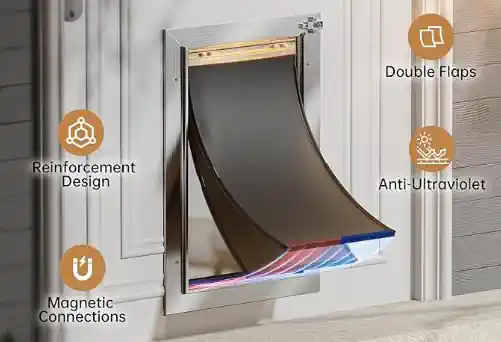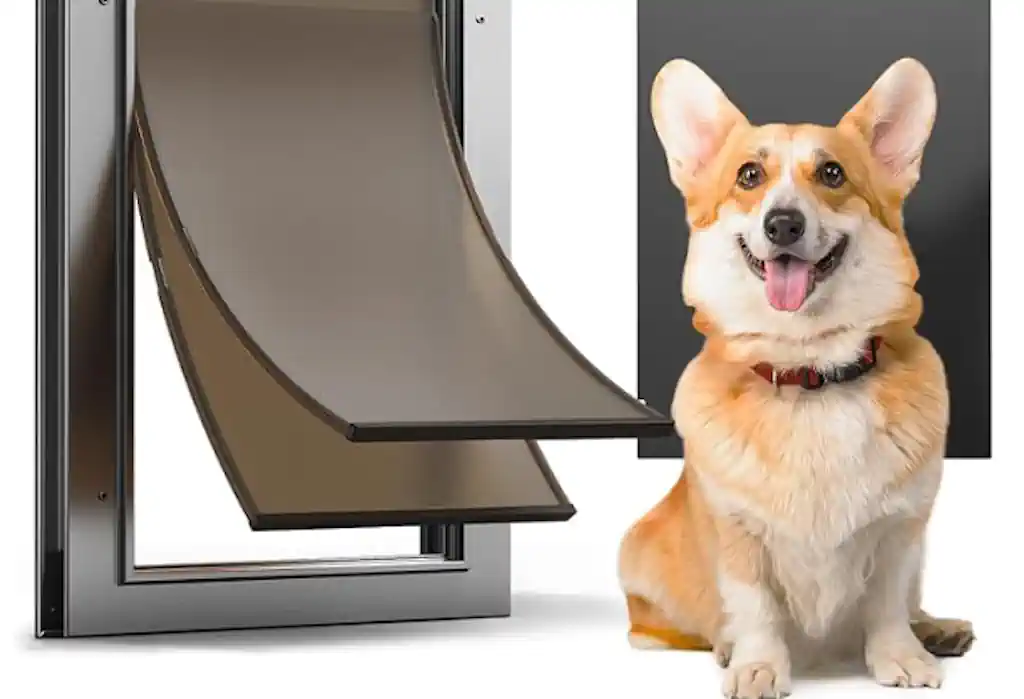For many dog owners, the winter months bring the annual dilemma of how to provide their furry companions with adequate shelter from the cold. While the image of a dog curled up by the fireplace is idyllic, it’s not always practical. An often-overlooked solution is the garage. With proper preparation, a garage can be a safe, comfortable, and even enriching environment for your dog during the winter. This article will explore the benefits of using your garage as a winter doggy retreat, how to prepare the space, and how to manage access and safety.
The Upside of a Garage Getaway
Keeping a dog in the garage during the winter offers several advantages. It provides more space for your dog to move around compared to a crate, which can be especially beneficial for larger or more active breeds. A well-insulated garage can also offer a quieter and less stimulating environment, which can be helpful for dogs who are prone to barking at passersby. Furthermore, a garage protects your dog from the harsh winter elements like snow, ice, and biting winds, reducing the risk of frostbite and hypothermia. For dogs with separation anxiety, a secure and comfortable garage space can be a calming den while you’re away.
Creating a Cozy Canine Condo: Preparing the Garage
Transforming your garage into a suitable winter shelter for your dog requires some thoughtful preparation. The primary concerns are temperature, safety, and comfort.
Temperature and Insulation
An uninsulated garage will not provide adequate protection from the cold. Proper insulation in the walls and, crucially, the garage door is essential to maintain a stable temperature. The goal is to keep the interior temperature at or above 50°F (10°C). If your garage isn’t heated, consider a pet-safe space heater, but ensure all cords are out of your dog’s reach to prevent chewing or tripping hazards. It’s also important to monitor humidity levels, aiming to keep them below 50% to ensure your pet’s comfort; a dehumidifier can be used if needed.
Safety First
Garages often store a variety of hazardous materials. All toxic chemicals, such as antifreeze, pesticides, and cleaning supplies, must be stored in locked cabinets or on high shelves, well out of your dog’s reach. Tools and other sharp objects should also be securely stored. Sweep the floor thoroughly to remove any small objects that could be swallowed. Ensure there are no loose ropes, cords, or wires that could pose a strangulation risk.
Comfort is Key
To make the garage a welcoming space, provide a comfortable, insulated bed that is raised off the cold concrete floor. You can also include familiar items like an old t-shirt with your scent or some favorite toys to keep your dog entertained and feeling secure. Ensure your dog has constant access to fresh, unfrozen water and their regular food.
In and Out: Managing Garage Access
Providing your dog with the freedom to move in and out of the garage for potty breaks and exercise is crucial. Even with an automatic garage door, there are several effective solutions.
Pet Doors
Installing a pet door is a popular and convenient option. Pet doors can be installed in a few different ways:
- In the Garage Door: A pet door can be installed directly into a section of the garage door. It’s important to choose a location that doesn’t interfere with the door’s structure or operation.
- In the Wall: A pet door can also be installed in an exterior wall of the garage. This can be a good option if you don’t want to alter your garage door.
- Through the wall between the house and garage: For pets that have access to the house, a fire-rated pet door can be installed in the wall separating the garage from the living space.

There are various types of pet doors to consider, from basic flaps to electronic and “smart” doors. Electronic pet doors work with a sensor on your dog’s collar, ensuring that only your pet can use the door, which helps to keep stray animals out. Some smart pet doors can even be controlled remotely via a smartphone app.
Open Door Policy: Keeping Your Dog Safe with the Garage Door Up
There may be times when you want to have the main garage door open for ventilation or while you’re working. In these instances, it’s essential to have a way to prevent your dog from running out into the street. Here are some effective solutions:
- Pet Gates: A variety of pet gates are available that are wide enough to span the opening of a garage door. Options include extra-tall gates for dogs that are prone to jumping, retractable gates that can be easily stored when not in use, and freestanding gates that don’t require permanent installation. You can also find DIY plans to build your own custom garage door gate.
- Wireless Fence Systems: A wireless pet containment system can create a virtual boundary at the opening of your garage. The system includes a transmitter that creates a circular boundary and a receiver collar that your dog wears. If your dog approaches the boundary, they will hear a warning tone, followed by a light static correction if they continue. This can be an effective way to keep your dog within the garage without a physical barrier.
Conclusion
With some planning and effort, your garage can be transformed into a safe and comfortable winter haven for your dog. By ensuring the space is warm, free of hazards, and equipped with comfortable amenities, you can provide your pet with a secure environment that offers more freedom than a crate. Solutions like pet doors and specialized gates make managing access and safety straightforward, even with an automatic garage door. Ultimately, a well-prepared garage can be a practical and beneficial solution for both you and your canine companion during the cold winter months.
